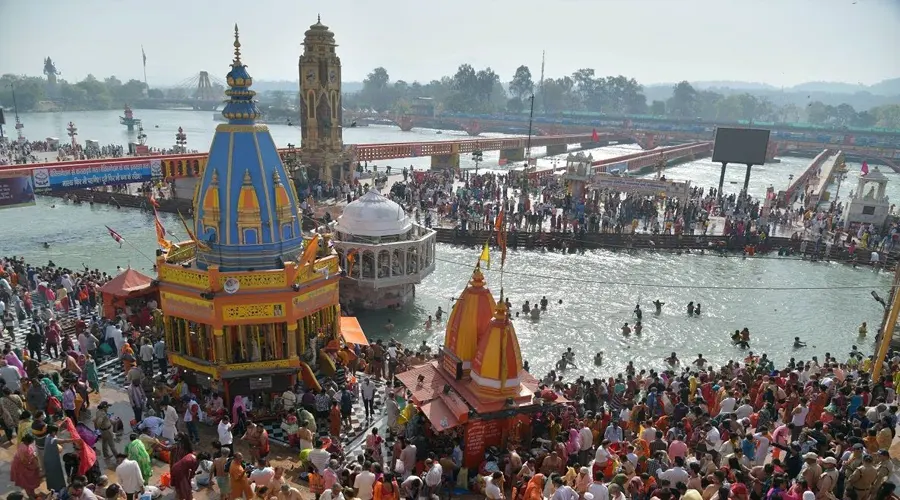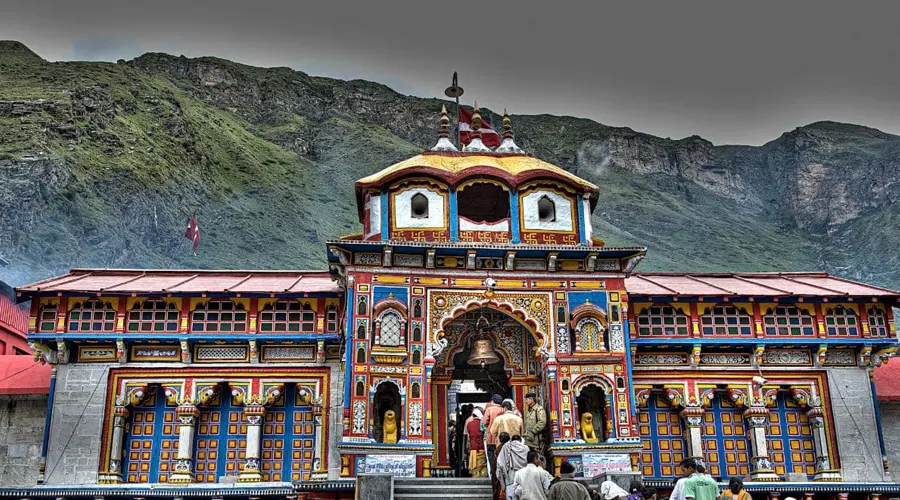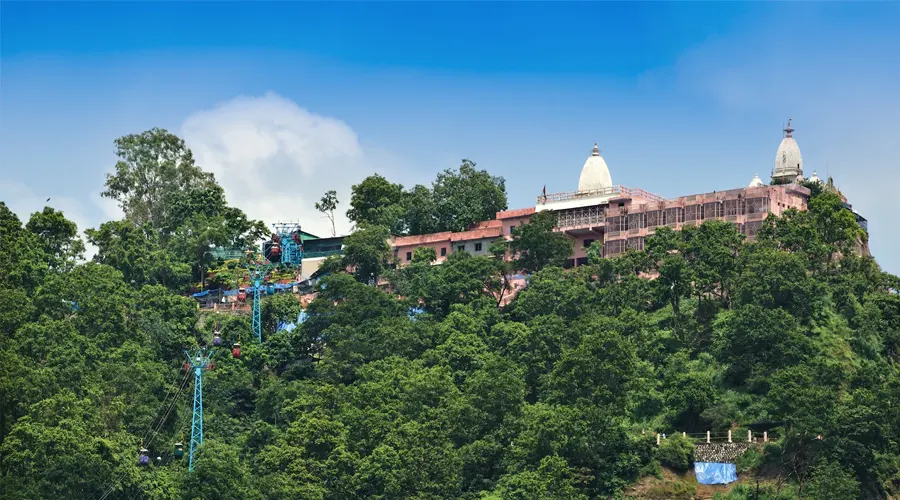Kumbh Mela, Uttarakhand
Crazy and chaotic are the words that best define the Kumbh Mela. Amidst the intermittent chanting of mantras, the heart-rendering dance of the Aghoris, and the holy ghats lit up with fiery diyas, you will have no chance but to go with the flow. The Kumbh Mela, will not just lend you a day’s feeling but a mind-boggling experience of a lifetime.
Swarming like fireflies towards a bulbous giant, millions of zealous devotees come together to wash their sins during the Kumbh Mela. The origin of these mammoth spiritual gatherings can be traced back to the existence of Demons and Gods on earth. As per the Hindu mythology, Kumbh derived from the Sanskrit word ‘pitcher’ had the ‘Amrita’ the immortal nectar that had appeared during the ‘Samudramanthan’. It is believed that the Gods and the demons had churned the milky ocean to obtain the same.
One of the most euphoric religious events in India, the Kumbh Mela is celebrated four times every twelve years. Herds of sadhus and devotees crowd the sanctified pavilions to be a part of the world's massive act of faith.’ Kumbh Mela is considered the most auspicious time to take a dip in the sacred river to free themselves from their sins and attain a step forward towards salvation. The most popular draws of the mela are the Nagas (naked sadhus), Urdhawavahurs (who expose their bodies to extreme austerities), and the Kalpwasis (the ones who bathe three times a day). Apart from these, the rituals that are performed during this time are worth witnessing.
The Kumbh Mela observes the World’s largest peaceful gathering at some of the very significant destinations in the history of Hinduism. Haridwar (river Ganga), Prayag (Triveni Sangam of Yamuna, Ganga, and Saraswati), Ujjain (river Kshipra), and Nasik (river Godavari) are the Kumbh Mela Destinations which are said to be eternally blessed during this time. Enthusiastic Travelers and ardent roamers who yearn to explore the Cultural Heritage of India can be part of the incessant hysteria at the Kumbh.
History
Kumbh Mela is one of the biggest Hindu festivals which is celebrated every three years. It's a pilgrimage that devotees take in the hope of washing away their past sins. The Kumbh Mela has the largest gathering as lakhs of devotees come from all over the country.
Kumbh Mela is organized every three years and the location switches between four different locations – Prayag, Ujjain, Nasik, and Haridwar. So, the Mela returns to each location after 12 years.
The word 'Kumbh' means nectar. As per legends, Sage Durvasa’s curse had weakened gods and the demons caused havoc in the world. Then Lord Brahma advised the Gods to churn out the nectar of immortality with the help of asuras. But the asuras came to know that the gods have planned not to share the nectar with them so they chased them for 12 days during which the nectar fell at four locations where Kumbh Mela is held.
It's believed that the festival of Kumbh Mela is around 2000 years old. The first written account of the Kumbh Mela was found in the account of the Chinese traveler Xuanzang, who visited India during the rule of king Harshavardhana.


























